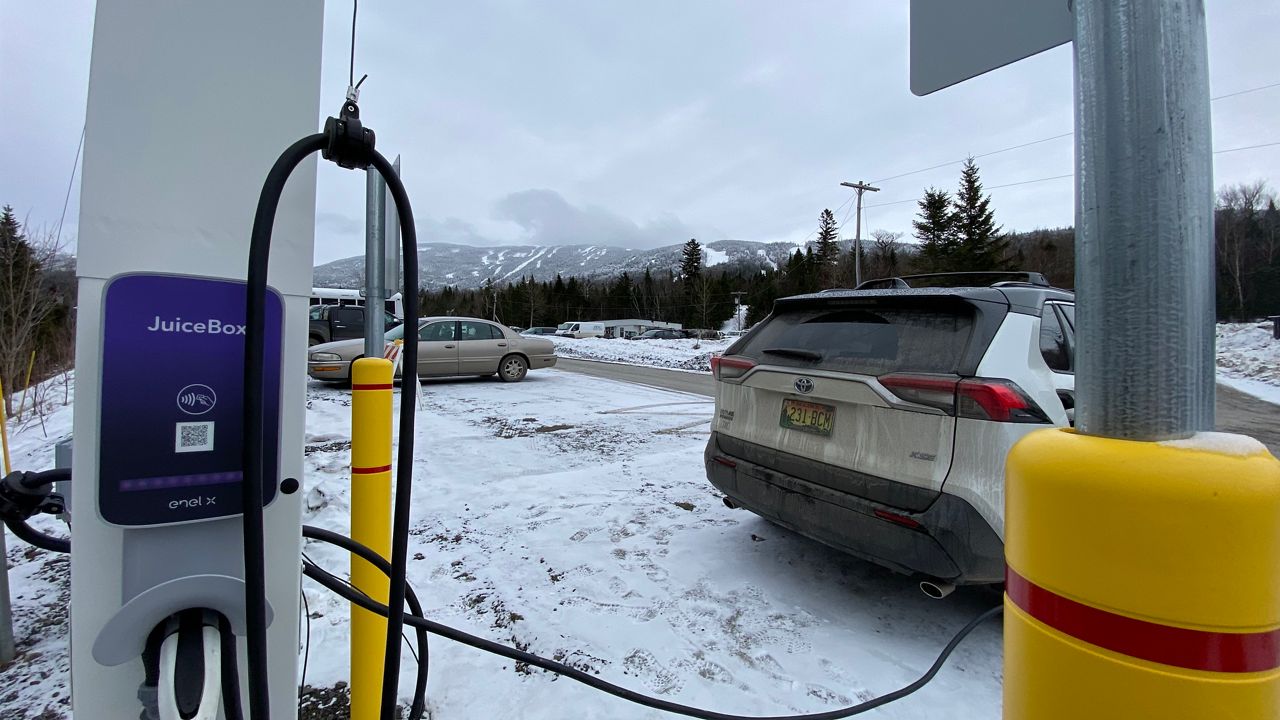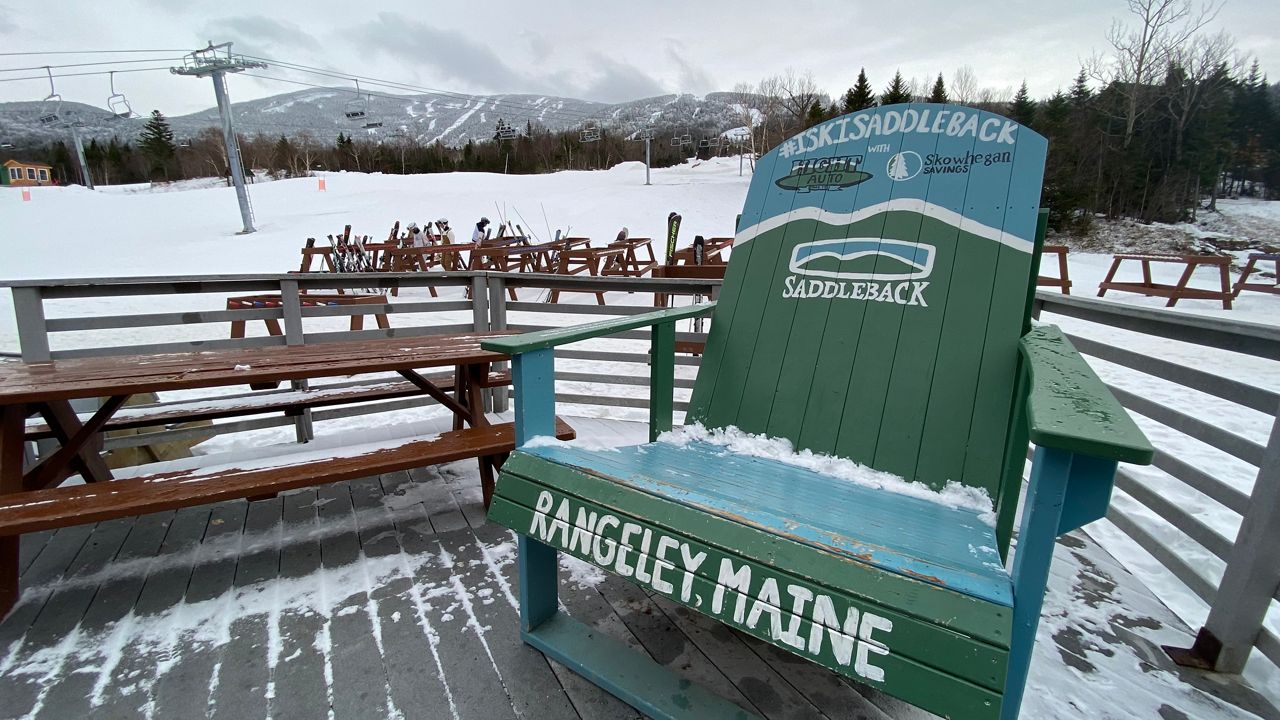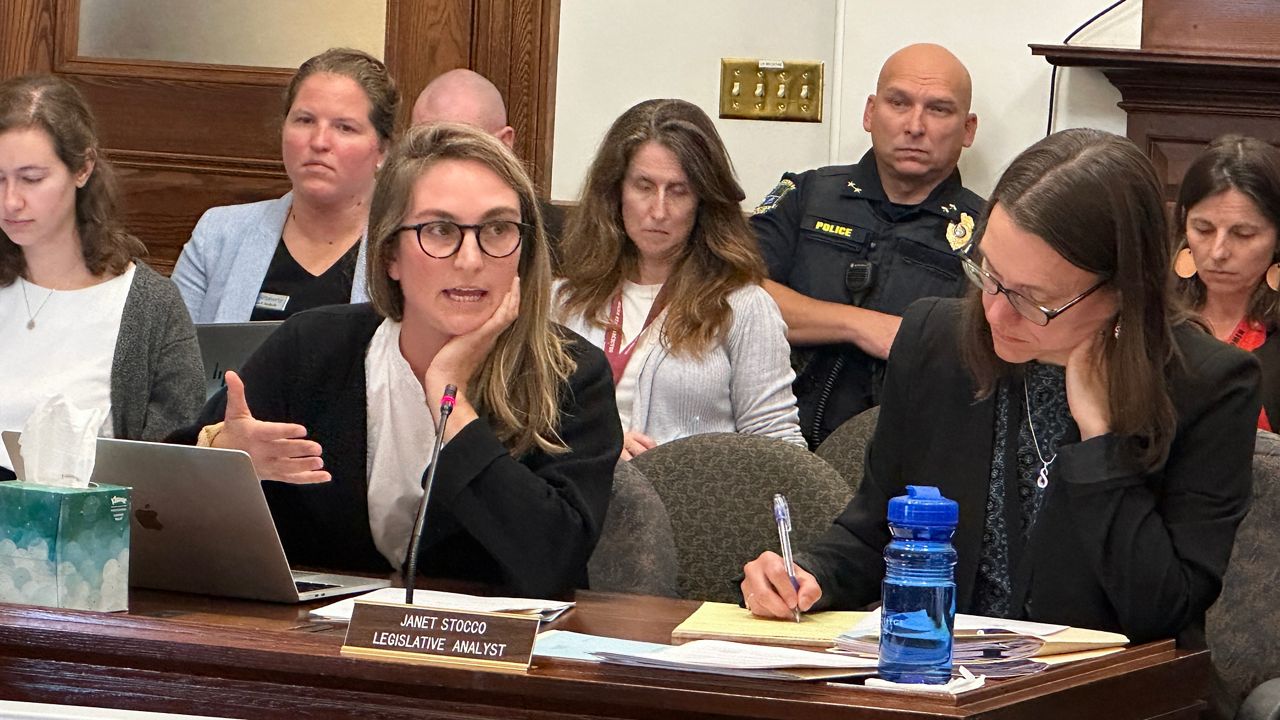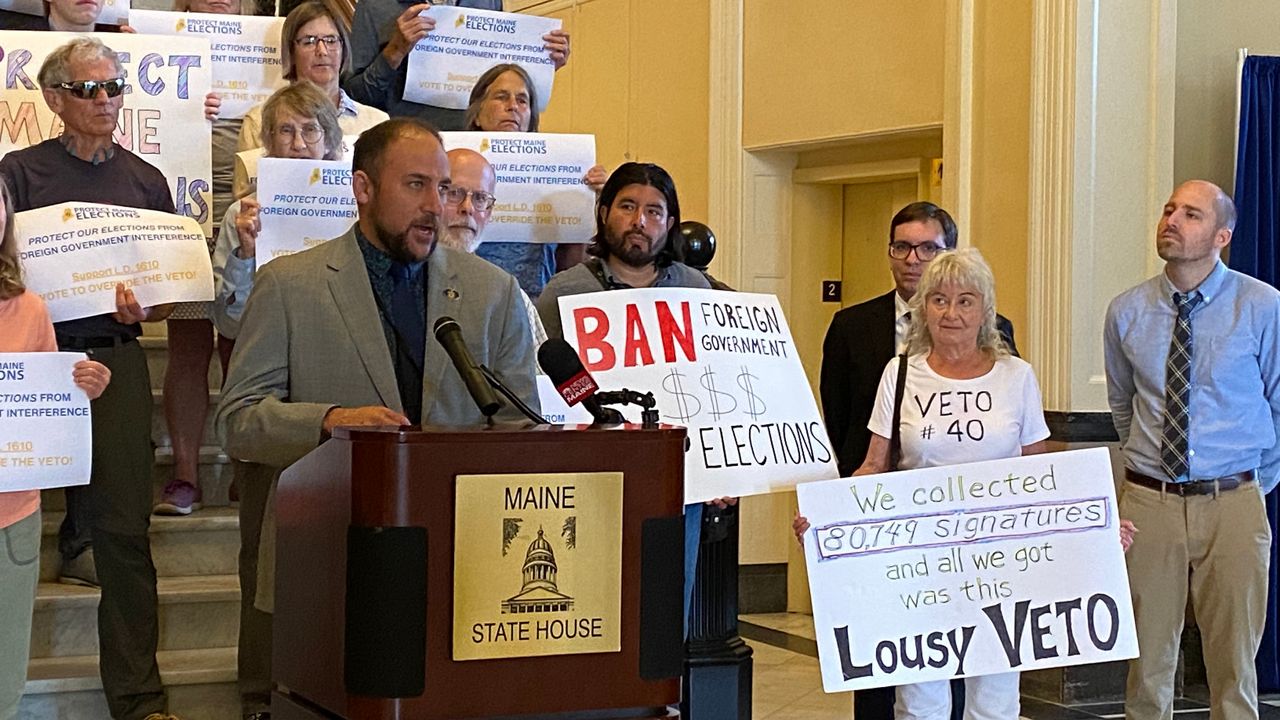As you drive up to the lodge at Saddleback Mountain in Rangeley, you see a row of electric vehicle chargers to the left and ski trails on the mountain to the right.
On a plot of land nearby, a seven-megawatt solar farm is under construction and set to go online in June.
Two massive snow grooming machines are more eco-friendly, using half as much diesel as the traditional ones.
Water pumps at a nearby lake have been upgraded and now use a fraction of the electricity.
And while skiers and snowboarders are focused on having a good time on a cold Maine winter day, Saddleback and many other Maine ski areas are taking steps to battle climate change.
“It’s so important for Sugarloaf as a ski mountain to be respectful of the environment,” said Bea Johnson, sustainability coordinator for Sugarloaf in Carrabassett Valley. “As an outdoor recreation industry, we are so thankful for the outdoors and we want to keep the snow on the mountain as long as we can.”
Maine’s 16 alpine ski areas and 21 Nordic ski areas generate an estimated $1 billion annually in Maine, said Dirk Gouwens, executive director of Ski Maine Association.
He said there’s no central clearinghouse for data on carbon emissions for all of the state’s ski resorts, but that resorts such as Sugarloaf and Saddleback are working to reduce their carbon footprints.
He said ticket prices tend to go up “year to year because costs go up,” not necessarily because of costs associated with sustainability efforts.
Across the country, many of the 473 ski areas deal with extreme weather, from wildfires and drought in the West, to flooding in the Midwest, to warmer weather patterns in the Northeast that make for unpredictable conditions, said Adrienne Saia Isaac, director of marketing and communications for the National Ski Areas Association.
They are tackling the issue in three ways: Lobbying at the state and federal level, mitigating their own carbon footprints and being resilient in the face of extreme weather that challenges the future of skiing and snowboarding, she said.
To do their part, the industry is replacing old diesel-powered snowmaking machines with more efficient ones, reinsulating buildings, installing automated heat and light systems and taking advantage of federal funds that pay for electric vehicle chargers, Isaac said.

At a December Portland Regional Chamber of Commerce meeting, Gouwens highlighted the issue facing the industry.
“Climate change is something that affects all of us at ski areas and it affects us more adversely than most businesses because obviously if it’s warm it’s not snowing and if it’s warm, we are not making snow,” he said.
Boyne Resorts, which owns 10 ski areas across the country including Sunday River, Sugarloaf and Pleasant Mountain in Maine, is part of a national network of resorts committed to being carbon neutral by 2030.
Sugarloaf spokesman Ethan Austin said they are using more efficient snowmaking guns that put out “two, three, four times as much snow as a snow gun did 15, 18 years ago.”
“It’s a complex thing when you are talking about ski resorts because of all the different areas of operation,” he said at the chamber meeting. “Really, just the amount of electricity it takes to run a ski resort, all your lifts, your snowmaking and everything else. It’s a complex thing.”
The resort has reduced its energy use by 1,000 megawatts per hour with upgrades to its snowmaking equipment, implemented a no idling policy and composted over 6,400 pounds of food waste, according to a 2021 report.
The company is also exploring wind and solar opportunities.
“We really have to face this head on,” Johnson said. “It is important for us to start making our own energy in the future.”
Sugarloaf produced just under 5,000 metric tons of carbon dioxide in 2019, a number that dropped closer to 4,000 in 2021.
The national association has been sounding the alarm over climate change for more than 20 years, Isaac said.
Where she is in Colorado, they are working with local communities to change public transportation to electric power and are encouraging carpooling by charging for parking.
Another major national effort began during the pandemic, when the four biggest players in the industry — Alterra, Vail, Boyne and Powdr — began meeting to discuss ways to safely reopen.
They’ve continued to meet and now discuss climate change, she said.
At Saddleback, the ski area is enjoying its third season of operation after a five-year closure. A $30 million investment brought the mountain back to life, but future plans call for more lodging, some of which will come in the form of tiny homes spread across 6,300 acres.
“Instead of decimating a bunch of property and building something big and obnoxious, we’re taking the extra step to try to figure out how to be creative and low impact,” Jared Emerson, operations director at Saddleback, said.







)

